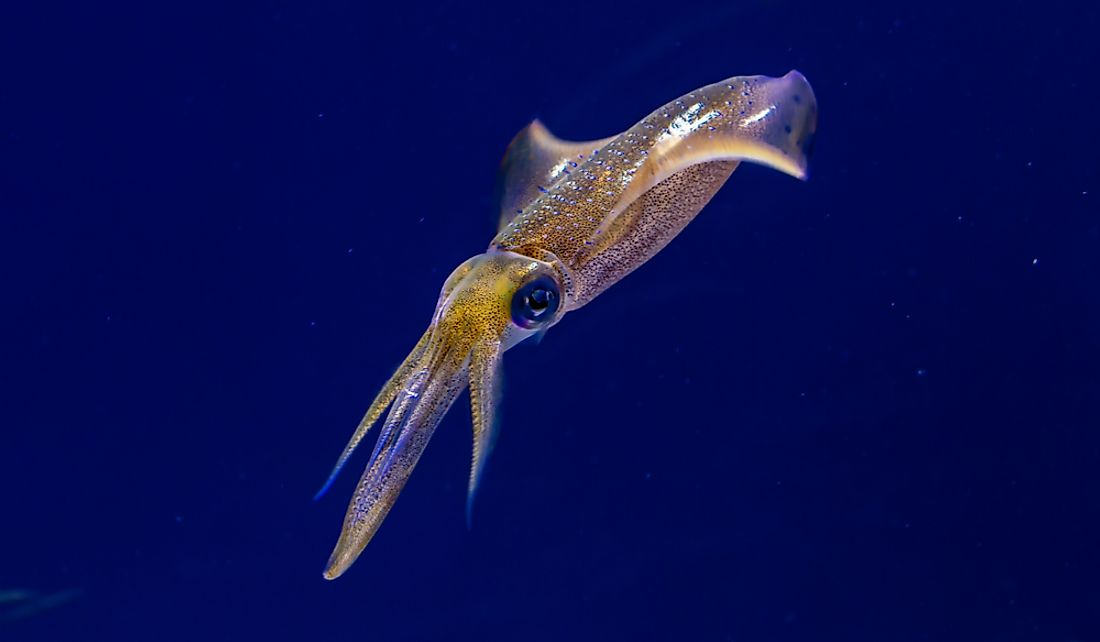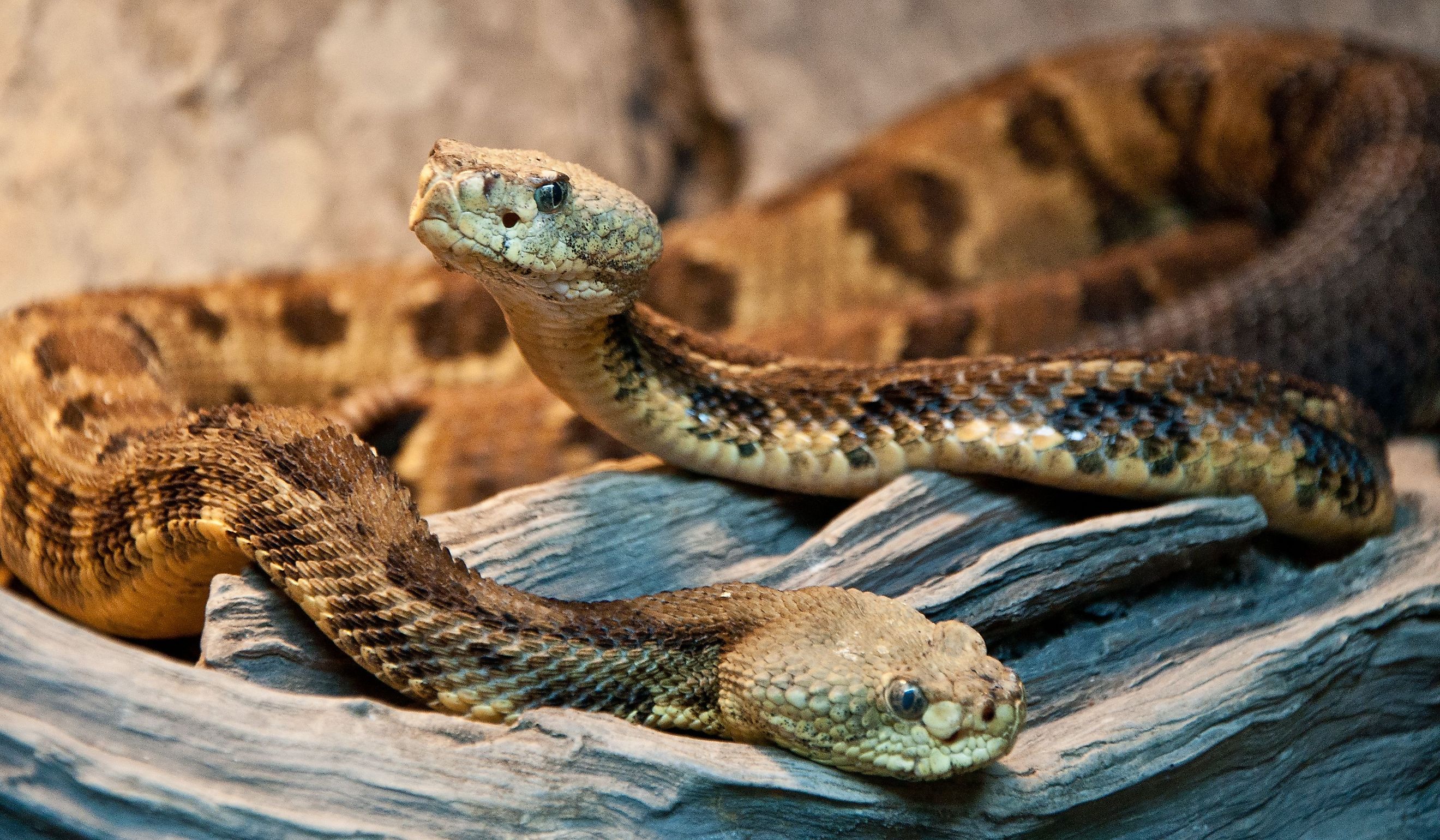
The Most Snake Infested Lakes in Vermont
In the northeastern U.S., the state of Vermont is a pleasant sight to behold in almost every aspect of tourism. Vacationers and locals enjoy the "Green Mountain State" for all it offers, whether it is mountainous beauty, maple syrup history, or commercialized amusement. This also extends to natural wildlife and animal habitats, but creatures like snakes may catch attention more than others. For anyone who plans a trip to the state, these snake-infested lakes may keep tourists on their toes!
Lake Champlain
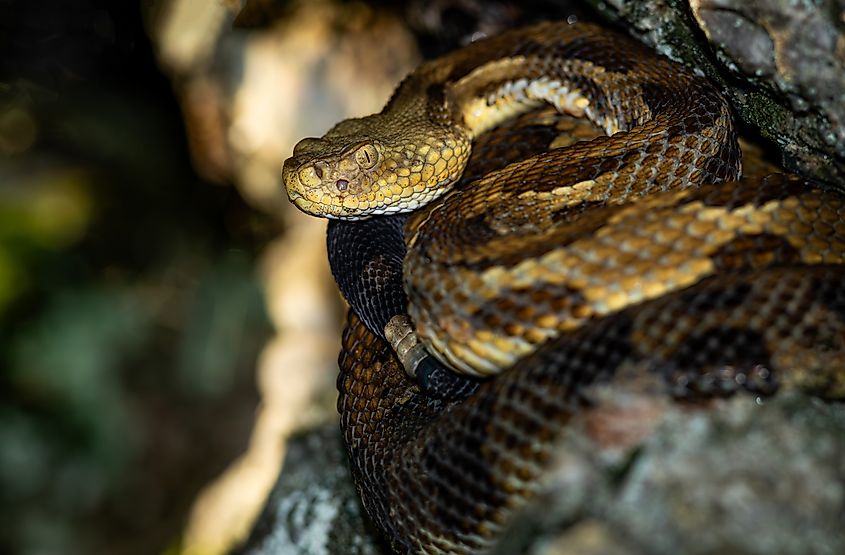
Lake Champlain is a natural freshwater lake between Vermont and New York that is known for its historical upbringing and farmland dance events. It is an amazing destination for visitors who typically enjoy leisure and waterfront getaways. Along with lighthouse walking tours, and Shelburne Museum or Church Street Marketplace as weekend splendors, those who visit will always find new adventures.
The lake is well known for its endangered Timber rattlesnake and common watersnake presence. Timbers are venomous pit-viper snakes that usually will not bite anyone unless threatened. Timber snakes are seen around the lake due to the importance of climate and predatory foods, especially during the spring and fall seasons. Such rattlesnakes are extremely rare to the townsfolk and are the only venomous snakes in the state, so those new to the area can rest easy! Common watersnakes, marked with red crescents and blotches, exist around wetlands and rocky shorelines, but while they are not venomous, they can still coil up and defend themselves. There are some lesser-known types of snakes in dry, sunny climates, such as Black Racers and Eastern Ribbonsnakes, but both are rare and labeled "endangered" by the community, so their presence may not be as intimidating.
Lake Iroquois
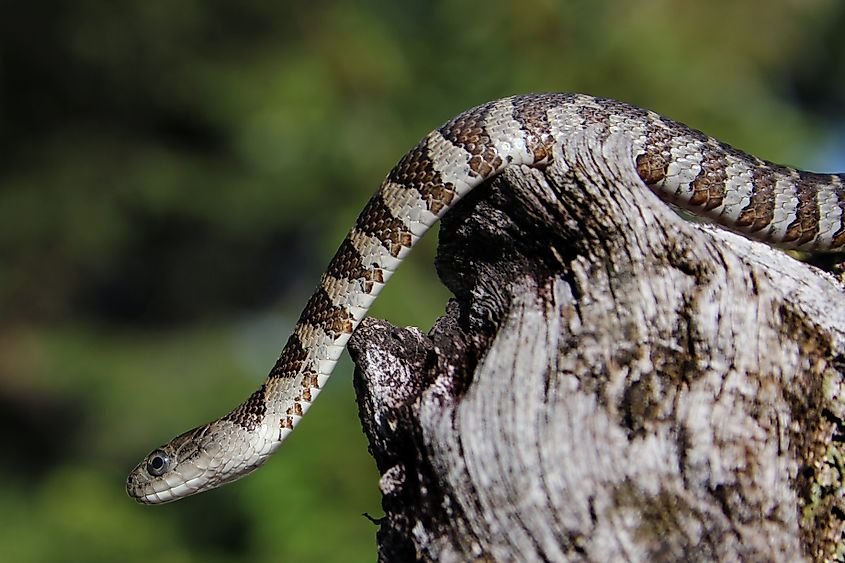
Kayakers and canoers love to brag about Lake Iroquois because of how beautiful it is. The lake has lots of boating comfort and reservoir splendors. Most visitors around Lake Iroquois know that it is a must-visit northwestern destination since it is toured for its public beaches and alluring woodlands. The lake is home to various wildlife species, like bullhead fish, snapping turtles, and coyotes. This also extends to snakes and reptilian inhabitants, so tourists may have to still be on the cautious side when exploring.
Reptiles like the Timber rattlesnake and Eastern rattlesnake are always present in Lake Iroquois, but the Common Garter snake is a type that people may see more frequently than others. The Northern watersnake is perhaps the most interesting one here; it is usually mistaken for being a copperhead or cottonmouth with its reddish-brown pigments and is not venomous at all. These snakes do get agitated when threatened and can flatten their bodies and bite back at intruders, but they will try to avoid human interaction. They also like to be closer to standing or slow-paced aquatic environments, making them less of a threat to outsiders while basking in the sun.
Lake Bomoseen
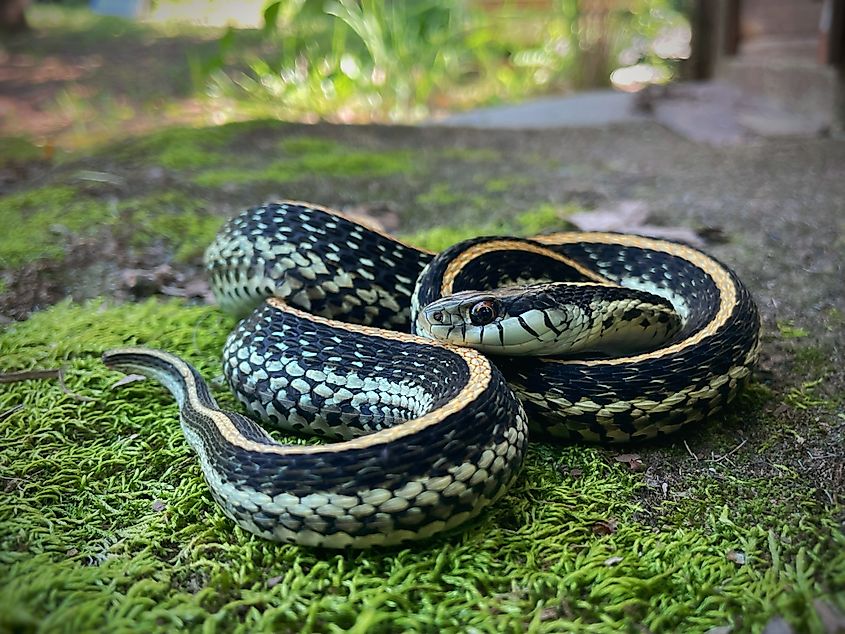
Home to the esteemed Bomoseen State Park, Lake Bomoseen is a freshwater sight for those who love Taconic Mountain viewing pleasures and is considered the largest lake across state borders. As a famed spot for tourism, Lake Bomoseen is a lovely option for night hiking, crafts workshops, Japanese gardens, and amphibian guided tours within Castleton and Hubbardton. For many first-timers, the lake is a nice segue from urban environments in other parts of the state.
While the lake is known for its swimming popularity and boating amenities, it is also home to wildlife like wood ducks and panfish, not to mention water snakes. The Northern watersnake and Common Garter snake remain prevalent throughout most of Vermont, so finding them is not extraordinary. Those who visit Lake Bomoseen may still try to avoid them while moving through pastures and shorelines. Even if they are not Timber snakes, they still know how to bite when provoked!
These lakes are notably the most snake-infested when it comes to travel safety and sightseeing. While newcomers in Vermont can find plenty of things to see and do, ensuring that one is safe from the possibility of slithering reptiles around grassy areas and rocky lakeside viewing points makes any itinerary more comforting. Although many snakes found in the state are not prone to attacking wanderers, caution is still expected!




